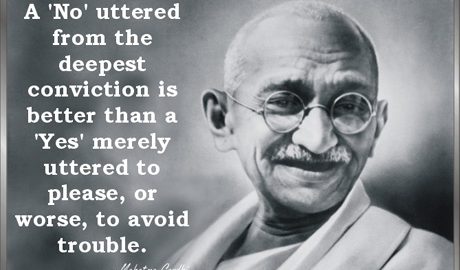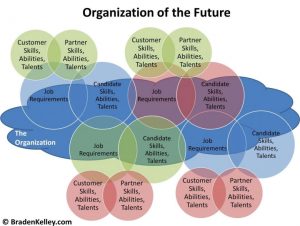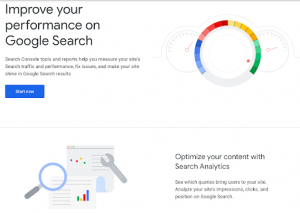Building or reinforcing a great culture can require a lot of work. But investing in your company’s culture will have a major impact on performance.
What do we mean by culture?
Culture is a set of ingrained behaviors or norms that employees display instinctively. It’s the extraordinary customer service you receive. It’s the focus on quality you depend upon. When employees “get” the company’s culture, they’re going to make the right decisions – even in stressful or unfamiliar situations.
Here are some of the major benefits of investing in your company’s culture:
- Companies with strong, distinctive cultures will be able to attract talented employees.
- Hiring decisions are easier when managers can assess if candidates will be a good fit with the company’s culture.
- Managers have an easier time delegating if they trust that their employees know the values that should guide their decisions.
- Morale is boosted when employees feel a greater sense of cohesiveness and connection.
- Companies with strong cultures are more likely to receive positive media attention.
- Customers identify with strong company cultures – making them more likely to give positive “word of mouth.”
- In times of disruptive change, companies with strong cultures will display more resilience.
Growing companies are often so focused on revenues and profits that culture can slip to the bottom of their list of priorities. Even a large, established company can make the mistake of neglecting culture. But as I discuss in my new book, effective leaders know that investing in a strong culture will pay off decades into the company’s future.
Creating a Culture of Change
Zappos has been in the news recently because of its decision to give bonuses to employees who elect to leave the online retailer. Their rationale? They only want people who are fully on board with their new employee-driven approach to management. Everyone else is free to go –in fact, they encourage it.

Regardless of what you think of employee-driven management, creating a culture of change can yield huge dividends. One of our clients, a financial services company, promised their employees stock options if they embraced a new results-based compensation scheme. Almost everyone opted in. Those who didn’t soon recognized that they were not a part of the culture and left the company. Here are some other techniques to help create a culture of change:
- Give people a sound rationale for change. Help employees understand why a change in their behavior will fuel better overall results.
- Focus on a specific area of change. For example, if you want to create an impressive reputation for customer service, give people what they want, regardless of how unreasonable. That was Nordstrom’s secret.
- Create forums for honest discussions with employees. Let them ask you tough questions and make suggestions without fear of reprisals. GE built an impressive culture of change on this principle.
- Give employees the opportunity to express their hesitations and fears and be prepared to explain exactly how change drives positive developments within the company.
- Keep communicating your vision of how your company benefits society. When you do so, people are willing to put aside their petty grievances in order to achieve something important. Tesla is focused on environmentally responsible transportation. Apple is focused on people-centered computing. Remember: Vision is the fuel that drives change.
Creating a Culture of Shameless Honesty
In an interview in the New York Times, Simon Anderson talks about the way he’s used a democratic approach to help build the culture at DreamHost.

“What I always say is: ‘I don’t have an open-door policy. I have an open-mind policy. An open door suggests that you’re coming to me in my space, whereas an open mind helps you hear things, good or bad, from someone who is an expert.”
Anderson goes on to say: “We’ve also gone through a very democratic process of crystallizing the values that DreamHost has as a company and as a team. For example, everyone has a voice. We also practice shameless honesty, which is a fantastic value used in meetings regularly.”
When asked to elaborate on “shameless honesty,” Anderson says: “Our employees came up with it. You can be sitting in a meeting and you can say, ‘I’m going to be shamelessly honest.’ Boom. Now there’s respect and it’s not rude honesty. It just gives us permission to have those hard conversations and get to a point where the elephant is not in the room.”
What Anderson is doing as CEO is very important to building a high-performing organization. He’s helping to create a culture in which his employees can experience high levels of trust and high levels of “spark” – the creative latitude that sparks unconventional thinking and leads to new products and services. Trust and spark are, in my view, the lynchpins of high-performing cultures.
Coincidentally, the selection process Anderson went through to become DreamHost’s CEO reflected the same kind of unconventional thinking. A search team narrowed the field to several candidates. Those candidates were then interviewed by employees at a company town hall. Following the town hall, the employees voted to elect their new CEO. Anderson garnered the most votes. Democracy at work!
This post was originally published at Leading-Resources.com.
Business & Finance Articles on Business 2 Community(49)









